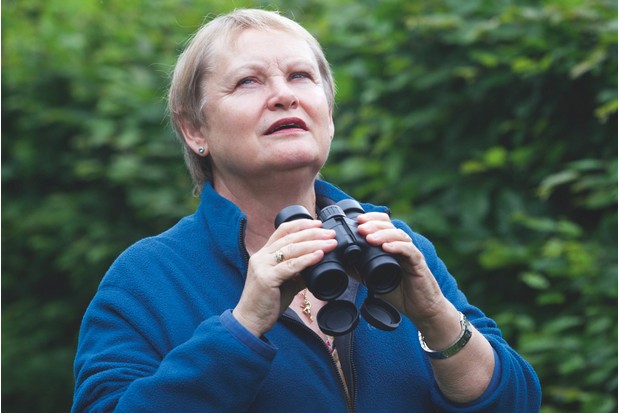It’s a jungle out there and life is full of hazards for every wild animal. Injuries involving open wounds can often mean a slow death from infection, unless licking the site alone is sufficient to keep it bacteria-free.
Scientists in Uganda, however, have witnessed a more sophisticated approach to wound care and social wellbeing practiced by chimpanzees in Budongo Forest, northwest of the capital Kampala. This semi-deciduous tropical rainforest is home to several communities of chimps that are not only prone to injuries caused by accidents and fights but also to lacerations made by human snares. In fact, 40 per cent of chimps in the Sonso community alone were observed with snare injuries over the months of the study, published by Frontiers.
- Do all animals have empathy?
- Do chimpanzees hold funerals? How chimps mourn their matriarch could provide lessons for human mental health
Can animals perform first aid?
The chimpanzees were seen to use natural medicinal aids, choosing fresh leaves from plants known to have chemical properties that promote healing and applying them to their wounds. They also seem to have an awareness of the importance of hygiene.
“Chimpanzee wound care encompasses several techniques,” says lead researcher Dr Elodie Freymann of the University of Oxford. “Direct wound licking, which removes debris and potentially applies antimicrobial compounds in saliva; finger licking followed by wound pressing; leaf-dabbing; and chewing plant materials and applying them directly to wounds.”
Apart from performing first aid on themselves through careful cleaning and the application of plant poultices, the chimps were also apparently engaged in their own form of community healthcare.
In 41 documented cases in the study, 34 are records of chimps caring for their own ailments, while seven demonstrate care for others. It would not be unexpected for this care to be confined to a chimp’s mate or offspring, but the scientists saw no apparent preference for helping others because of their sex or age. In fact, four of the ‘patients’ were completely unrelated to the carer.
Of those seven instances of altruistic care, four involved a chimp helping another with wound treatment, two with assistance in removing snares, and one in giving aid with hygiene.

Previous studies have observed that an animal safeguarding its own health, or the health of close family members, has the evolutionary advantage of ensuring a long reproductive life. However, as Dr Freymann says: “These behaviours add to the evidence from other sites that chimpanzees appear to recognise need or suffering in others and take deliberate action to alleviate it, even when there’s no direct genetic advantage.”
This latest research therefore adds to our understanding of the beginnings of a wider, altruistic social care and the evolution of human healthcare systems.
Find out more about the study: Self-directed and prosocial wound care, snare removal, and hygiene behaviors amongst the Budongo chimpanzees
Main image: a chimpanzee grooms another chimp. Credit: Getty
